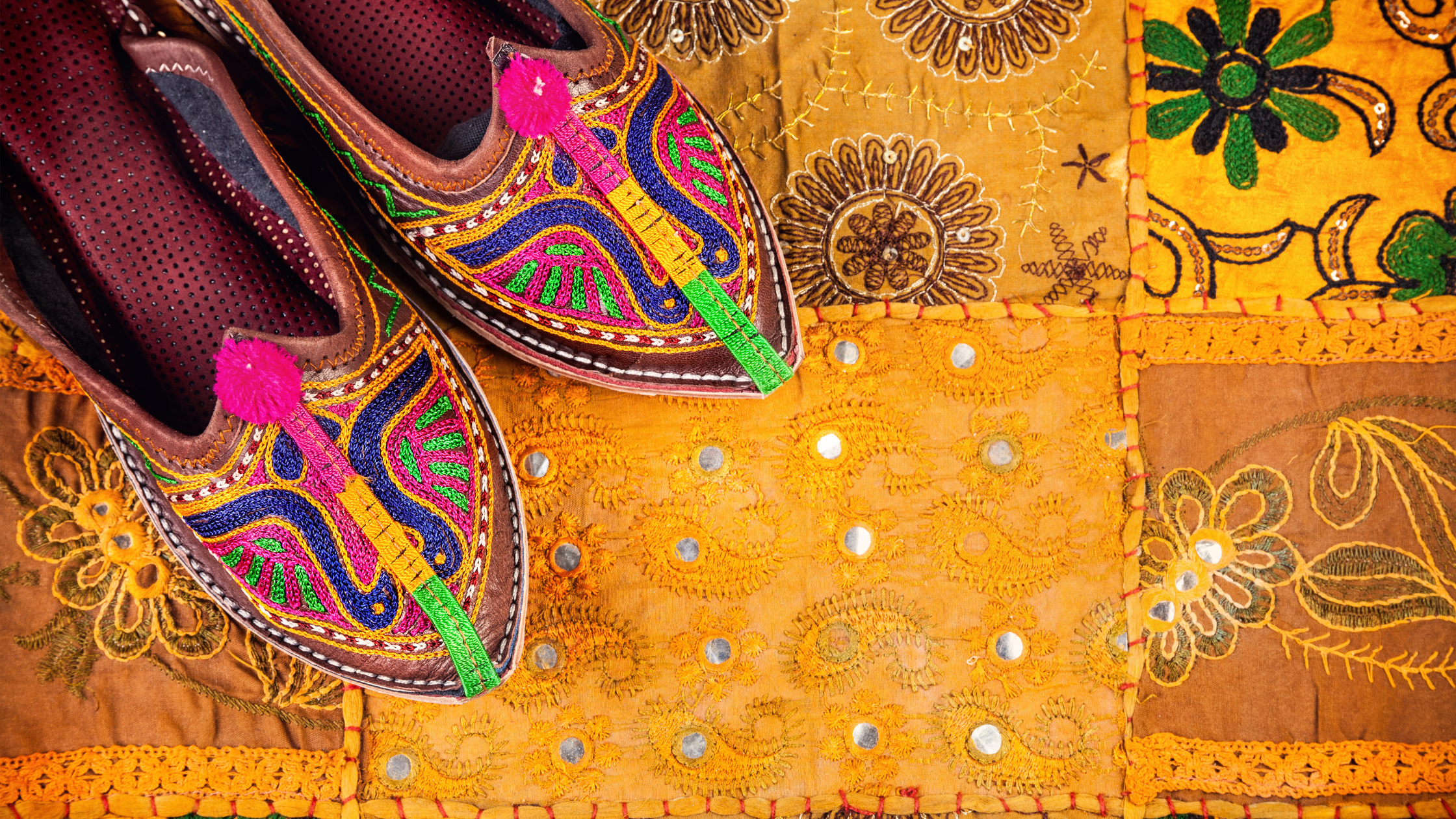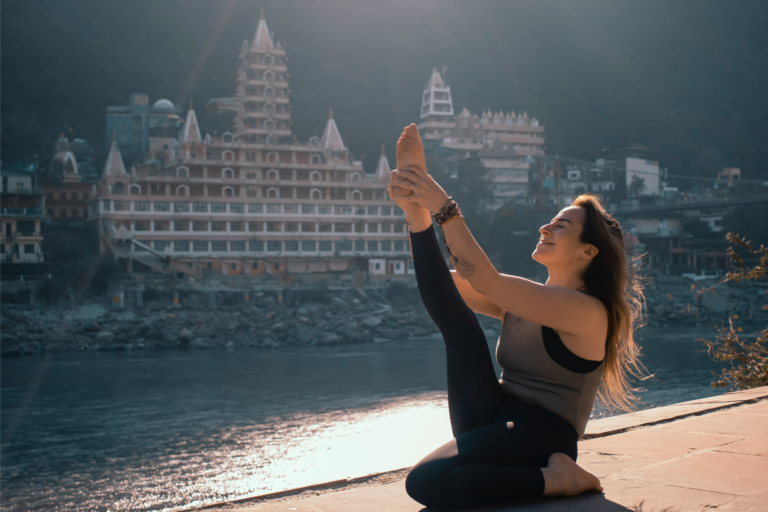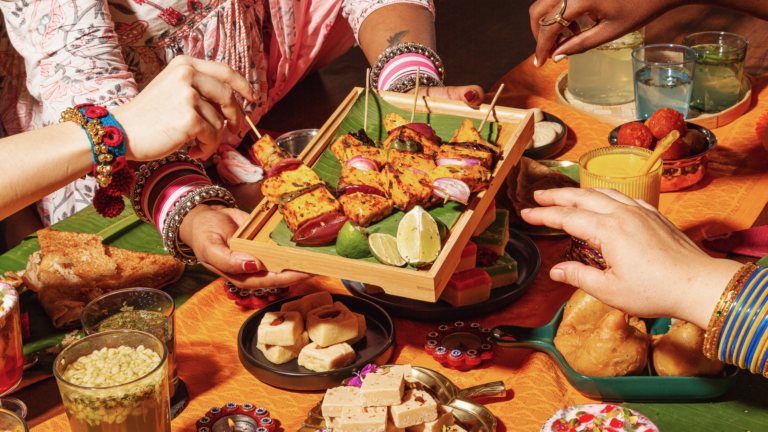If you’re planning a trip to India, you might notice a common custom: removing shoes before entering someone’s home or a temple. While this might seem unusual to those unfamiliar with the practice, it’s a deeply rooted tradition in Indian culture. In this blog, we’ll explore the cultural, spiritual, and practical reasons behind this age-old custom and how it adds a layer of respect to every visit.
1. Spiritual Cleanliness and Respect
In Indian culture, homes and temples are viewed as sacred spaces. Temples, in particular, are places of worship and are believed to house the divine. Removing shoes before entering such spaces is a way to maintain their sanctity. Shoes carry dirt and impurities from outside, and by leaving them at the door, people show respect and avoid contaminating the sacred environment.
Many Indians also see their homes as an extension of sacred space, and removing shoes is a gesture of reverence for the household and the deities worshiped within. The act itself symbolizes humility and cleanliness, creating a peaceful atmosphere.
2. A Sign of Humility and Awareness
Removing shoes before entering is a gesture of humility and an acknowledgment of entering a sacred or respected space. This tradition is particularly emphasized in temples, where the act of leaving one’s shoes behind represents leaving behind one’s ego and worldly concerns. This simple act brings mindfulness to each visitor, helping them focus on prayer or connecting with loved ones in a home environment.
3. Cultural and Religious Influences
Indian culture has long been influenced by religious practices, including Hinduism, Buddhism, Sikhism, and Jainism. Each of these religions places great emphasis on purity, respect, and cleanliness. The tradition of removing shoes can be seen across different faiths, making it a unifying practice in a diverse cultural landscape.
In Hindu and Buddhist philosophy, the body is seen as an instrument for the divine, and the feet are considered one of the less pure parts of the body. By removing shoes, individuals honor the divine presence in the temple or home.
4. Practical Reasons: Cleanliness and Hygiene
Apart from its cultural and spiritual significance, removing shoes before entering a home or temple is practical. Shoes can carry dirt, germs, and even allergens from the streets, and tracking these into a clean indoor space is unsanitary. By keeping shoes outside, households in India maintain cleanliness, which is particularly important given India’s dusty and diverse terrain.
With a habit of removing shoes, families can ensure their floors stay cleaner, allowing them to sit, pray, or even eat comfortably on the ground, which is a common practice in Indian households.
5. A Tradition That Brings People Together
This custom extends beyond religious spaces and homes. Many schools, yoga centers, and even some offices in India encourage or require people to leave their shoes at the door. This shared tradition builds a sense of community and equality among people, where everyone steps into the space barefoot, setting aside any social distinctions that might be present outside.
The act of removing shoes fosters a sense of mutual respect and unity, especially in homes where family members and guests alike participate in the practice.
Tips for Canadian Travelers Visiting India
- Observe and Follow: When visiting someone’s home or a temple, watch for cues. If there’s a designated area for shoes near the entrance, it’s polite to leave your shoes there.
- Wear Slip-On Shoes: If you plan to visit multiple temples or homes, wearing easy-to-remove shoes can be convenient, as you might need to slip them off frequently.
- Respect the Practice: Even if the custom seems unfamiliar, respecting it demonstrates your appreciation for Indian culture and traditions.
The tradition of removing shoes before entering homes and temples in India is a simple yet meaningful practice, rooted in respect, cleanliness, and spirituality. As you explore India’s diverse cultural landscape, embracing this tradition will give you a deeper understanding of the values that shape daily life in the country. It’s a gesture that goes beyond mere etiquette—it’s an invitation to connect with India’s cultural essence on a personal level.
So next time you step into an Indian home or temple, remember to take off your shoes and immerse yourself in the warmth and hospitality of this beautiful custom.






